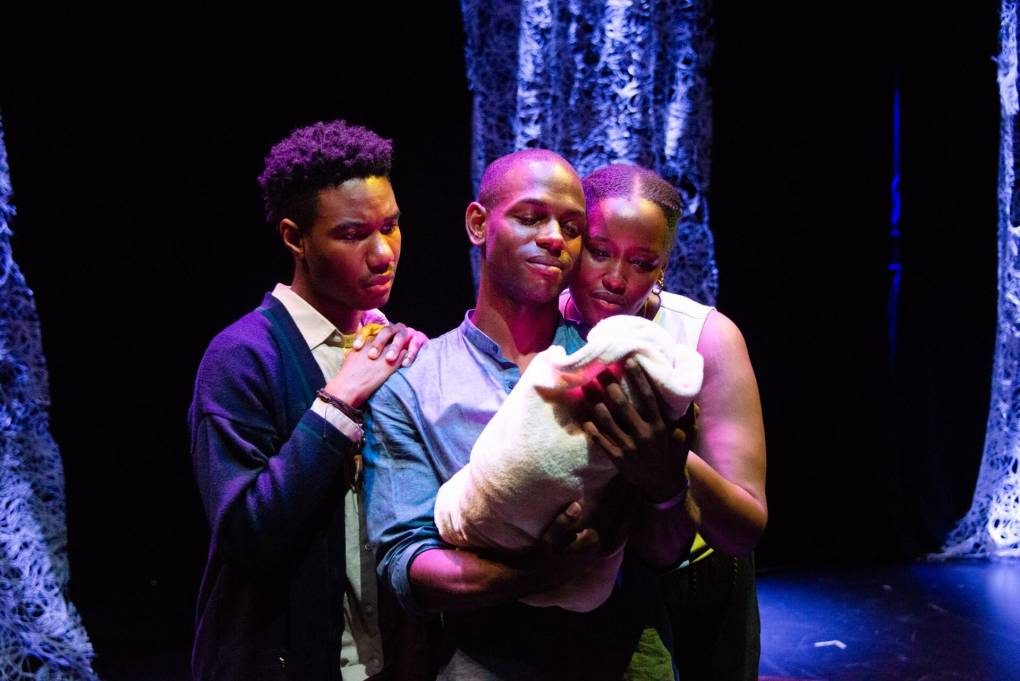When boxes of Lou Sullivan’s diaries ended up in the archives of San Francisco’s GLBT Historical Society, Sean Dorsey spent countless hours poring over them in the reading room, transcribing them by hand. Sullivan, who died in 1991, was a gay transgender man, an author and activist whose insistence on living his full truth — his queerness and his transness — expanded the medical community’s understanding of gender and sexuality as two separate things. In the burgeoning field of gender-affirming care, Sullivan helped doctors and psychologists see that being attracted to men didn’t negate one’s need to transition and live as a man.
With a 20th Anniversary Show, Sean Dorsey Dance Pulls Strength From Trans History
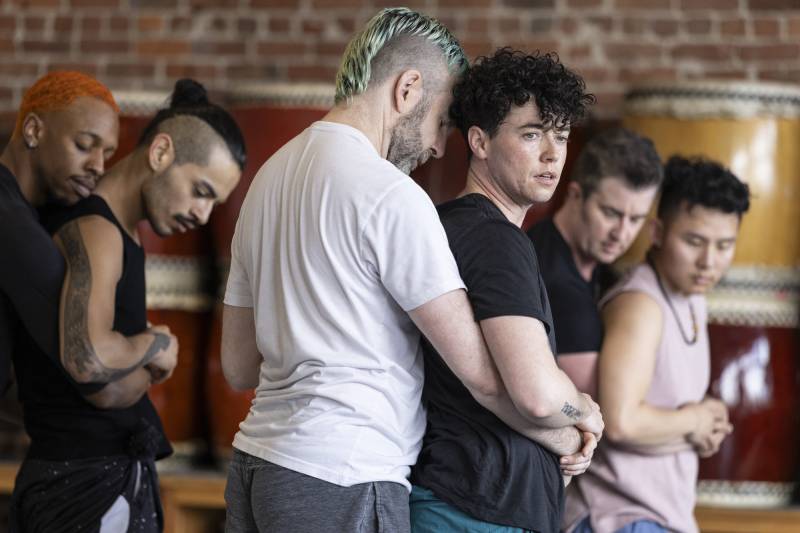
Sullivan ended up starting one of the first support groups for trans men in the early ’80s; before the internet, he took out newspaper ads and connected with trans men all over the country who were navigating their experience in isolation. As Dorsey delved into troves of Sullivan’s diaries and letters, he got to know a passionate advocate, a lover and a party boy who led a rich and complex life. Those letters became the basis for the 2009 dance piece Lou, which Dorsey is restaging April 11–13 for another history-making event: the 20th Anniversary Home Season of Sean Dorsey Dance, the first acclaimed trans-led dance company in the country.
“History is just brimming and overflowing with heroes and sheroes and theyroes, who faced much more intense things than we’re experiencing today,” says Dorsey as he catches his breath after a recent rehearsal at San Francisco’s Dance Mission Theater, where the show will take place. “I think it’s so important for us at this horrifying and very painful and scary time to really dig into learning about our histories and to connect with our transcestors and ancestors who absolutely are such sources of inspiration, energy — talk about getting a battery recharge.”
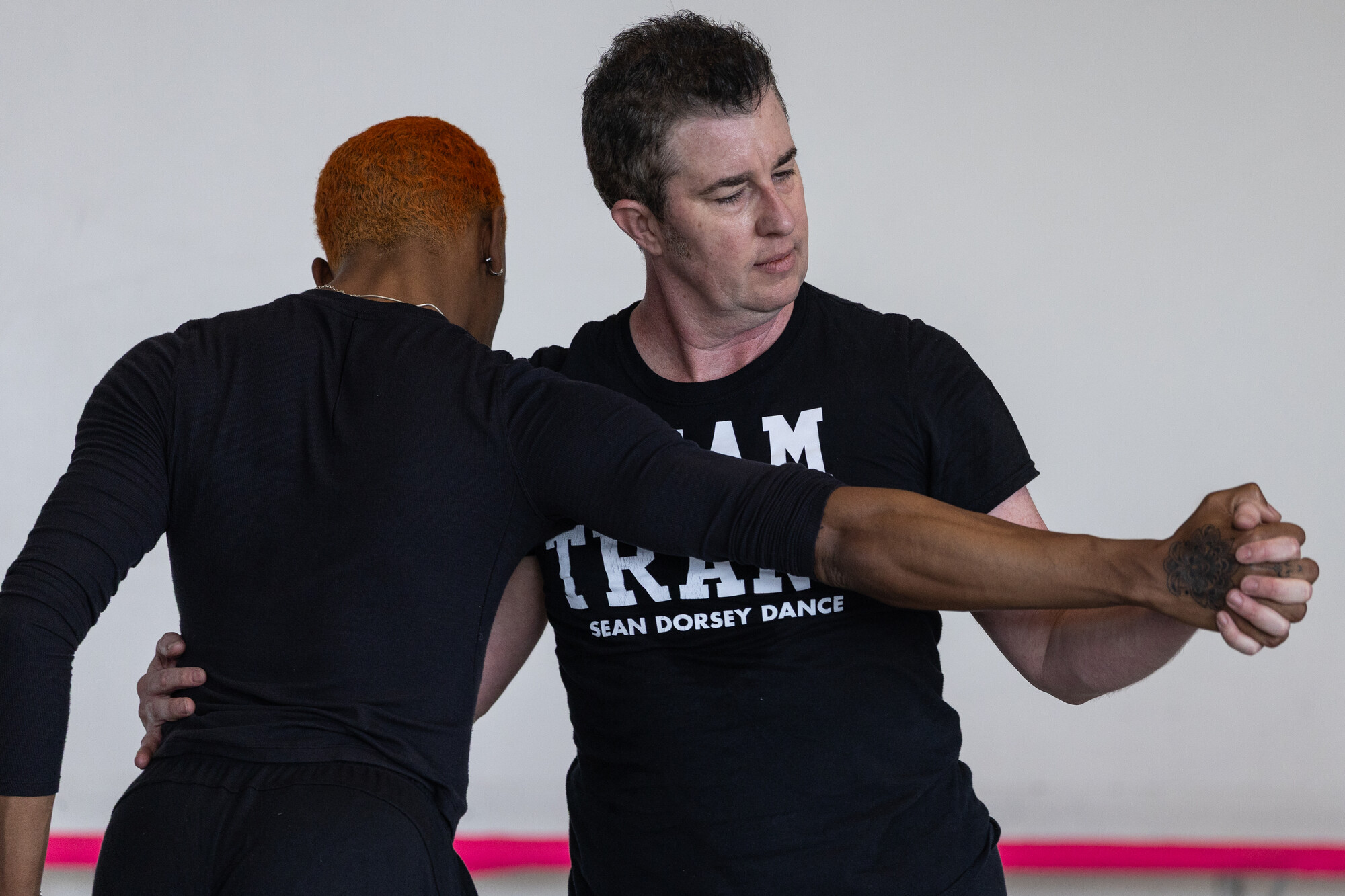
Of course, Dorsey is referring to President Trump’s executive order mandating that the government only recognize “two sexes, male and female,” which has had many cascading effects on trans people’s ability to access identity documents and social services, and to safely travel abroad.
In response to a lawsuit from the ACLU, the National Endowment for the Arts, one of Dorsey’s past funders, recently removed a new requirement for applicants to certify that they would not “promote gender ideology.” But the NEA hasn’t changed its eligibility criteria, which still requires applicants to comply with the Trump order. It’s unclear whether any trans art can secure federal funding under these new rules.
In March, Sean Dorsey Dance had a residency scheduled at the Kennedy Center, which Dorsey canceled after Trump appointed himself as its board chair.
Dorsey is already seeing a chilling effect on other arts institutions that may not want to get on the administration’s bad side by commissioning or funding trans-inclusive work. With universities facing similar scrutiny, he worries about his other gigs as a teaching artist and guest speaker, which he needs to pay his rent. “But then there are also private funders who are like, ‘We got you. We have your back. We’re not going anywhere. We are doubling down on social justice,’” he adds.
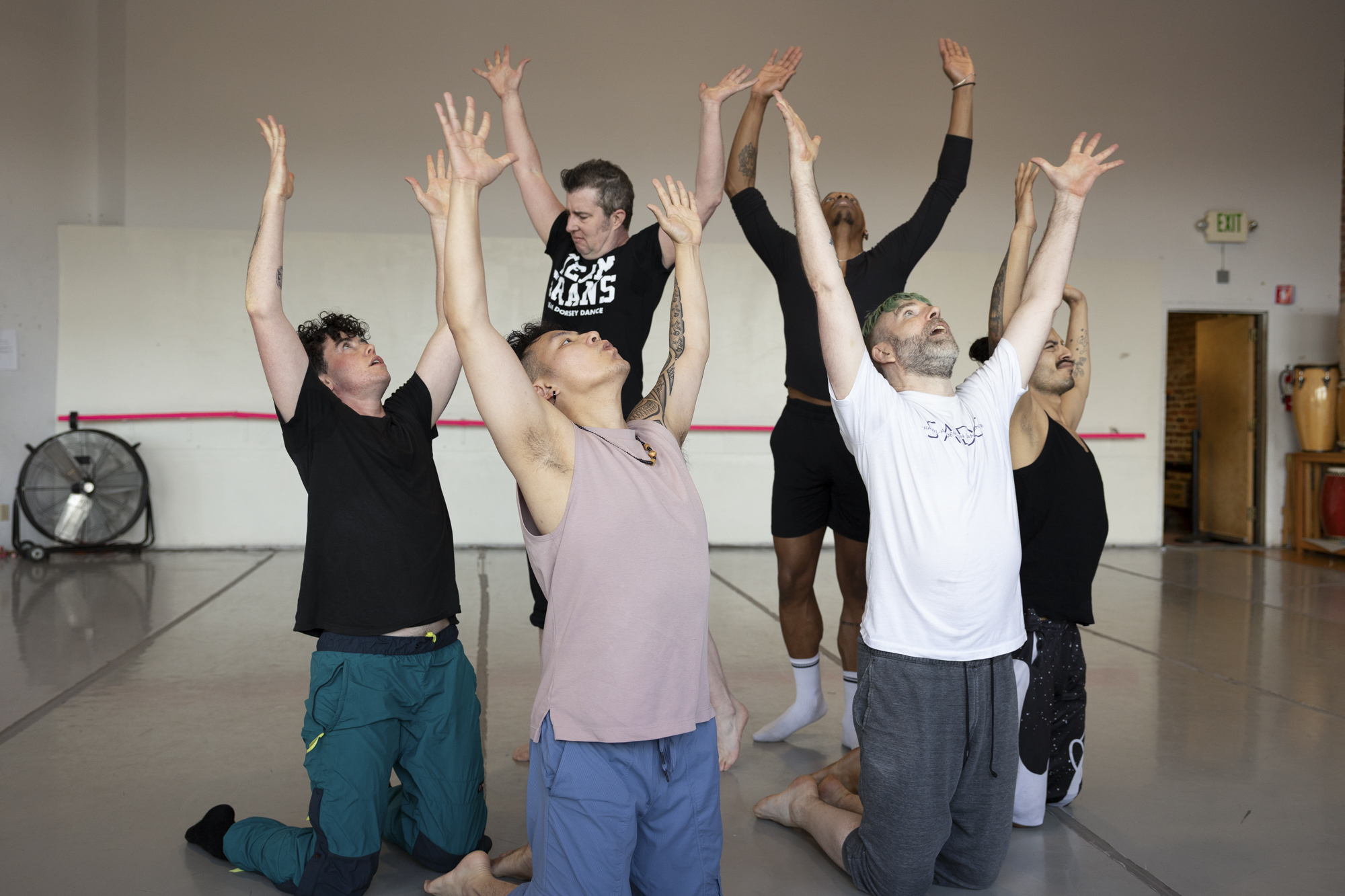
Dorsey knows this isn’t the first time the U.S. government has imposed laws that have created unnecessary hurdles for trans people going about their everyday lives. As recently as the 1970s in San Francisco, trans people could be arrested for wearing clothing that didn’t correspond to their sex assigned at birth. Yet despite police harassment and job and housing discrimination, over the decades trans people found one another and built networks of support that allowed them to survive, thrive and love.
Dorsey honors that perseverance in another piece that will be part of the 20th anniversary celebration, the 2012 piece The Secret History of Love, based on interviews with queer and trans elders about crushes, flirting, cruising and relationships.
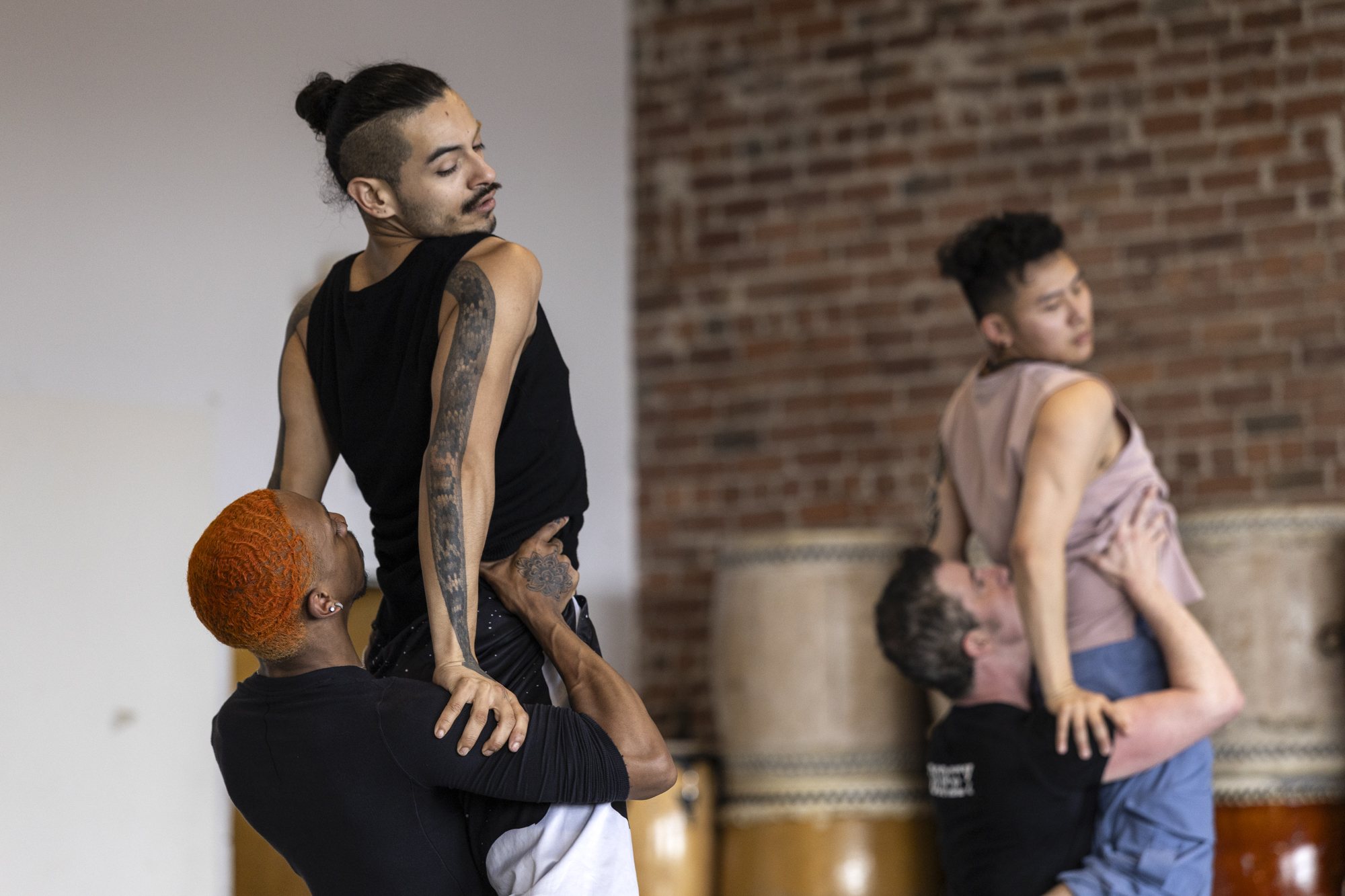
“I got to meet with LGBTQI+ elders and ask them, ‘Tell me about your first crush. Tell me how on earth you gathered and hung out in these underground clubs and speakeasies. How did you spread the word when it was literally illegal?’ Every single elder without exception talked about police raids on clubs and spaces,” Dorsey says. “Everyone had been at least harassed if not assaulted or sexually assaulted by police. So really intense and harrowing stories, but [also] just this gorgeousness.”
The program also includes 2015’s The Missing Generation, which honors those lost to the AIDS epidemic, and 2018’s Boys In Trouble, which uses playful movement and spoken word to break down stereotypes about masculinity that confine trans and cis people alike.
When Dorsey started out, trans art was relegated to the backs of a select few bars and coffee shops. Two decades later, he’s led the way on many firsts for trans dancers, whether it’s landing the cover of Dance Magazine or performing in the American Dance Festival.
With his dance company’s 20th Anniversary Home Season, Dorsey relishes his role as an experienced performer now opening the door for younger generations. When he first choreographed Lou more than 15 years ago, he danced in the titular role. There’s a moment in the show when Lou faces the audience as if looking in the mirror, and another dancer comes up behind him, representing the person he wants to become when he transitions. When the piece debuted, a cisgender dancer played that role because there were no other trans dancers in the company. Now, Dorsey gets to embody that future vision while a younger transmasculine dancer, B Dean, takes on the role of Lou.
“I thought, ‘Will this be hard for me? Am I going to really grieve that role?’ Because the piece Lou is so, so, so important to me and so deep to my heart,” Dorsey reflects, “but it was just so organic and beautiful.”
Sean Dorsey Dance’s 20th Anniversary Home Season takes place at Dance Mission Theater April 11–13, 2025. Details and tickets here.
